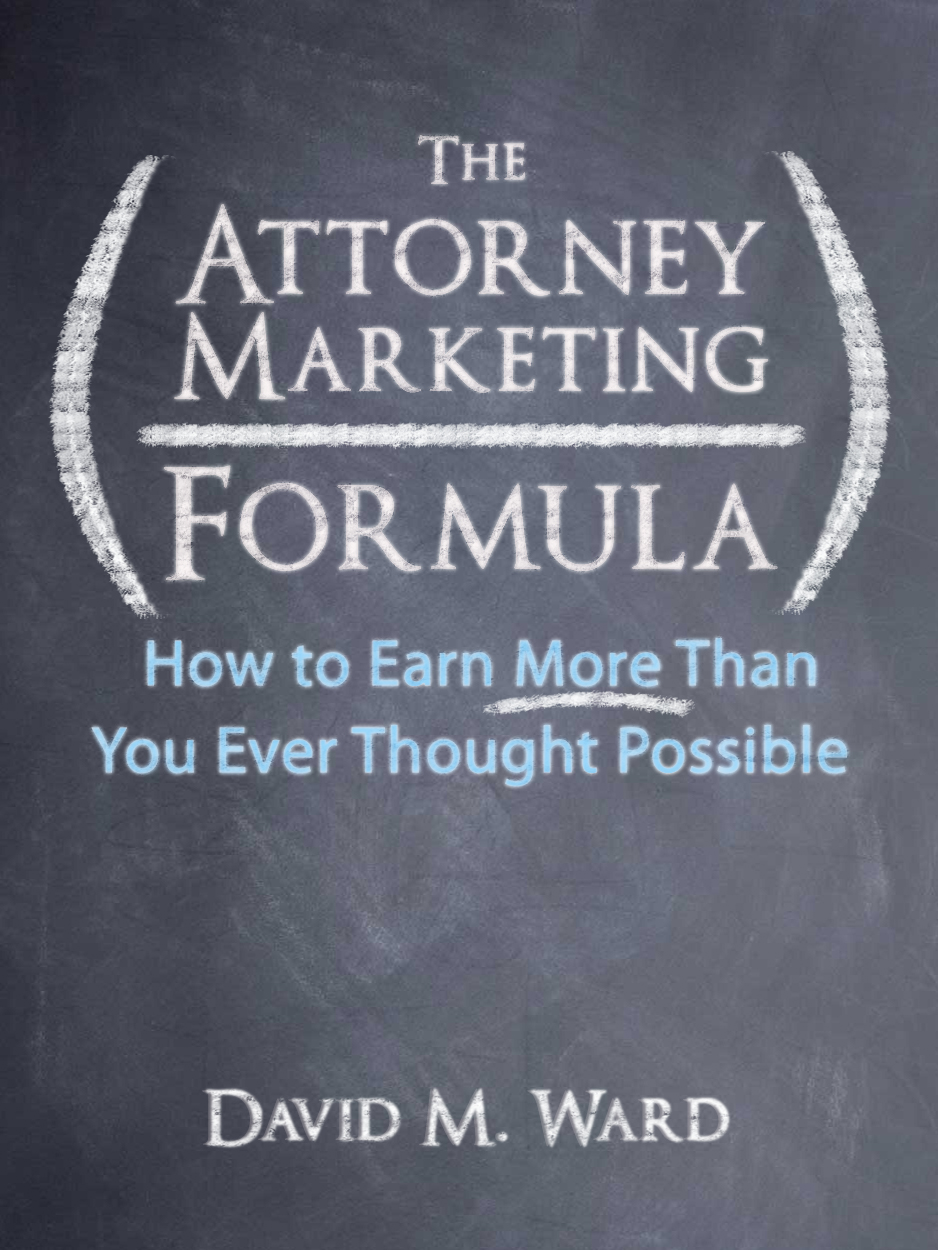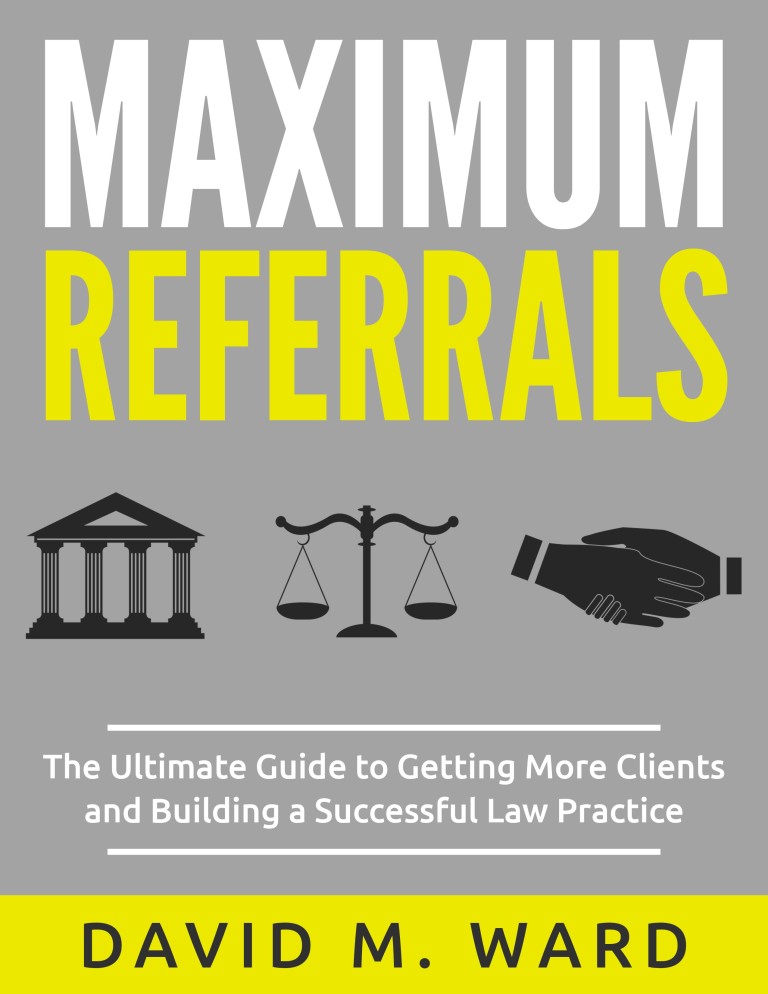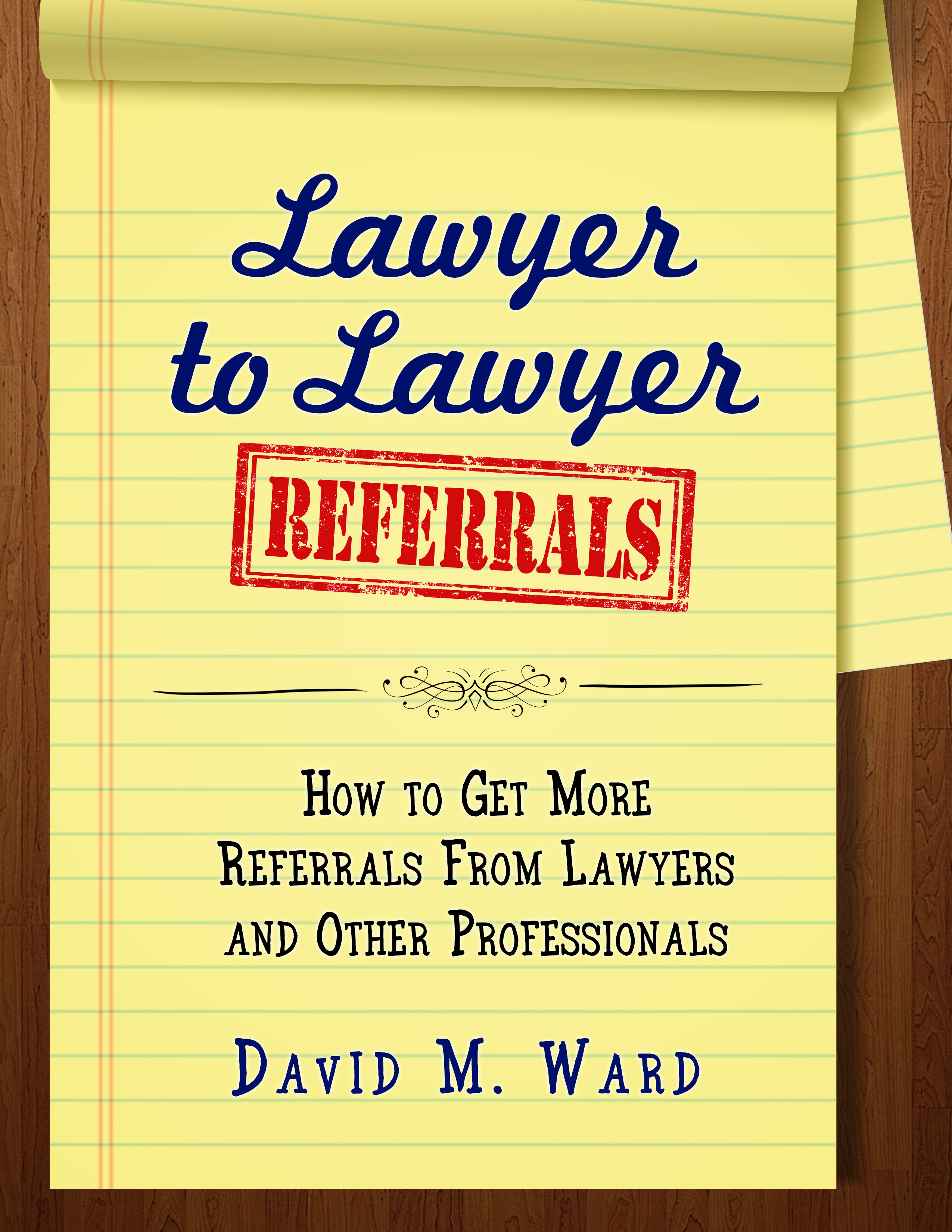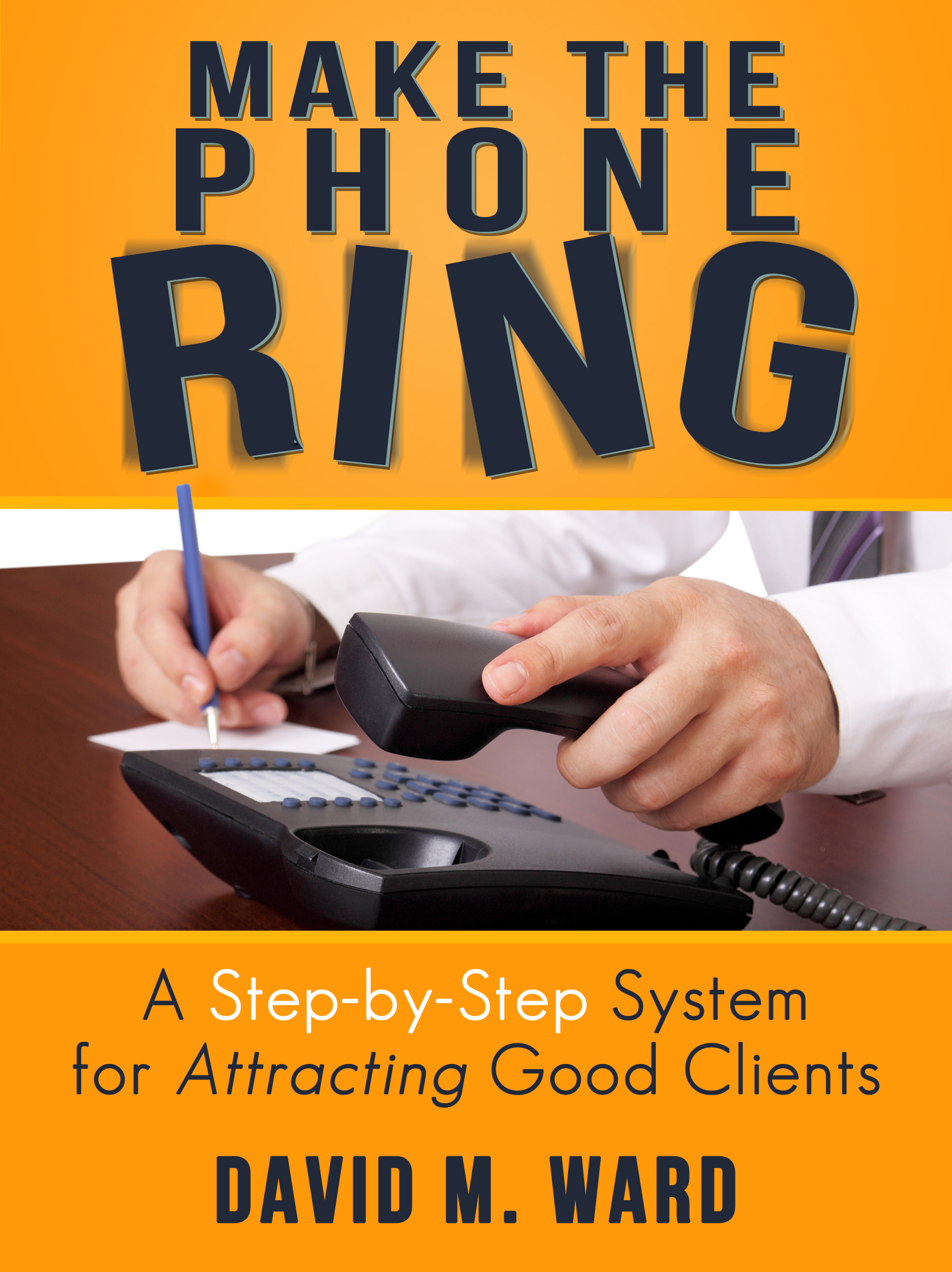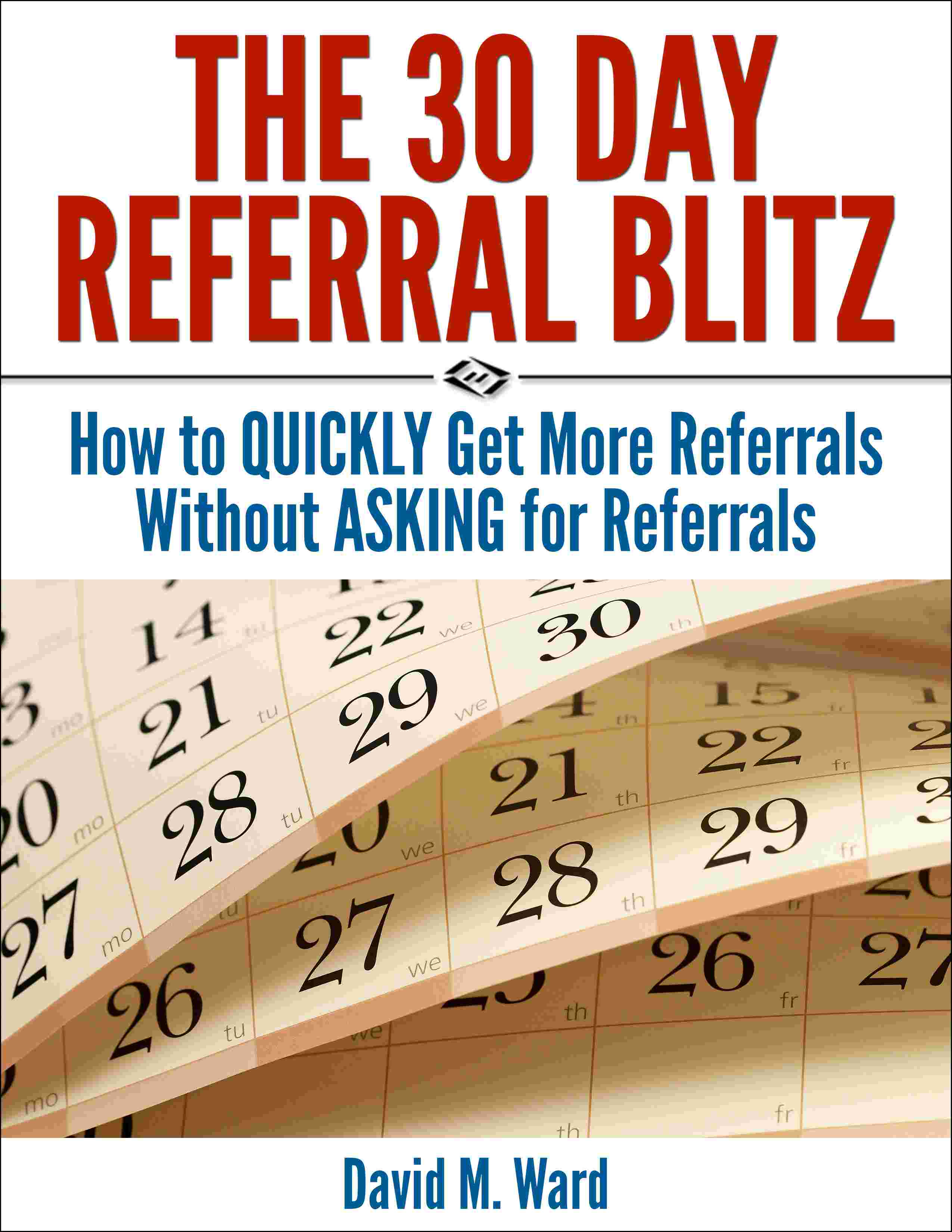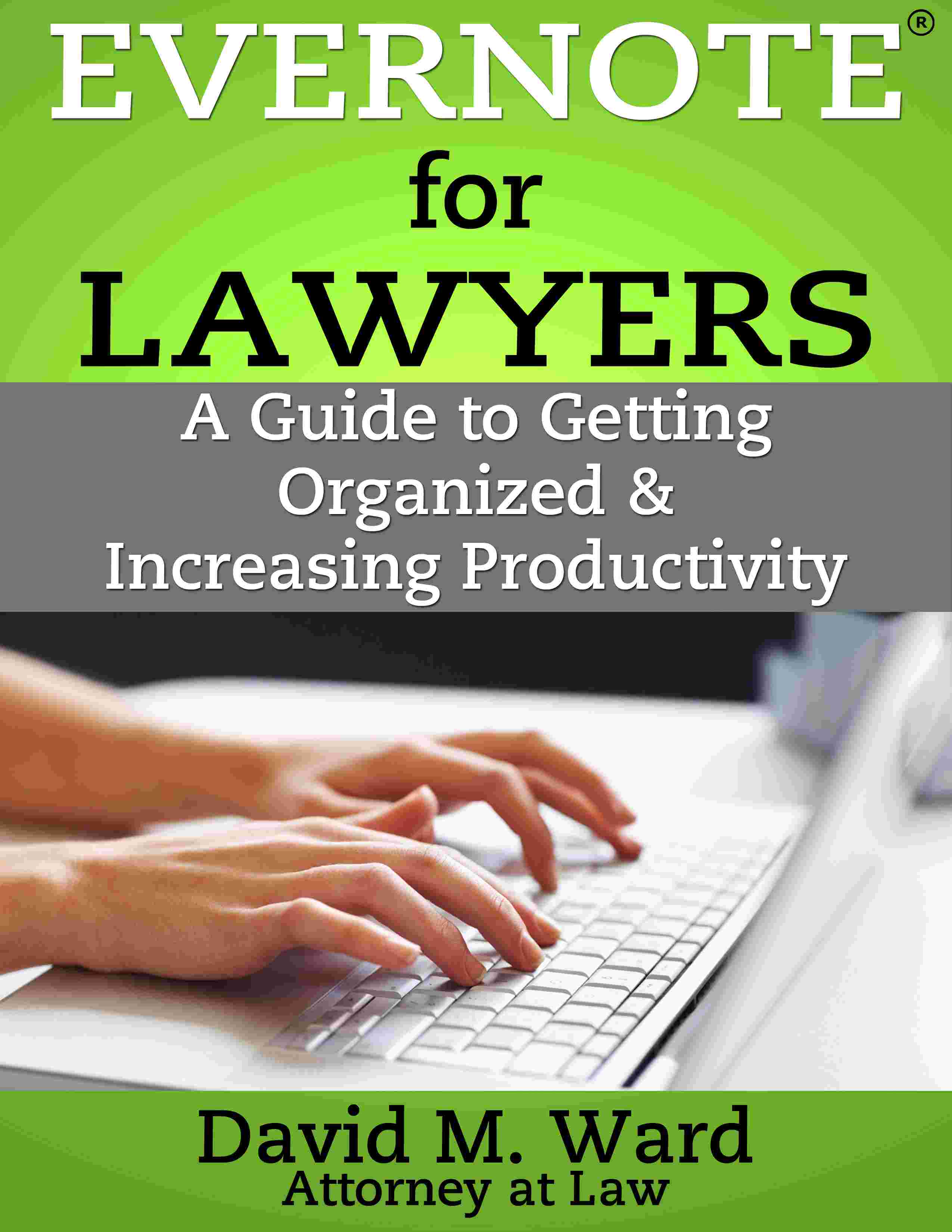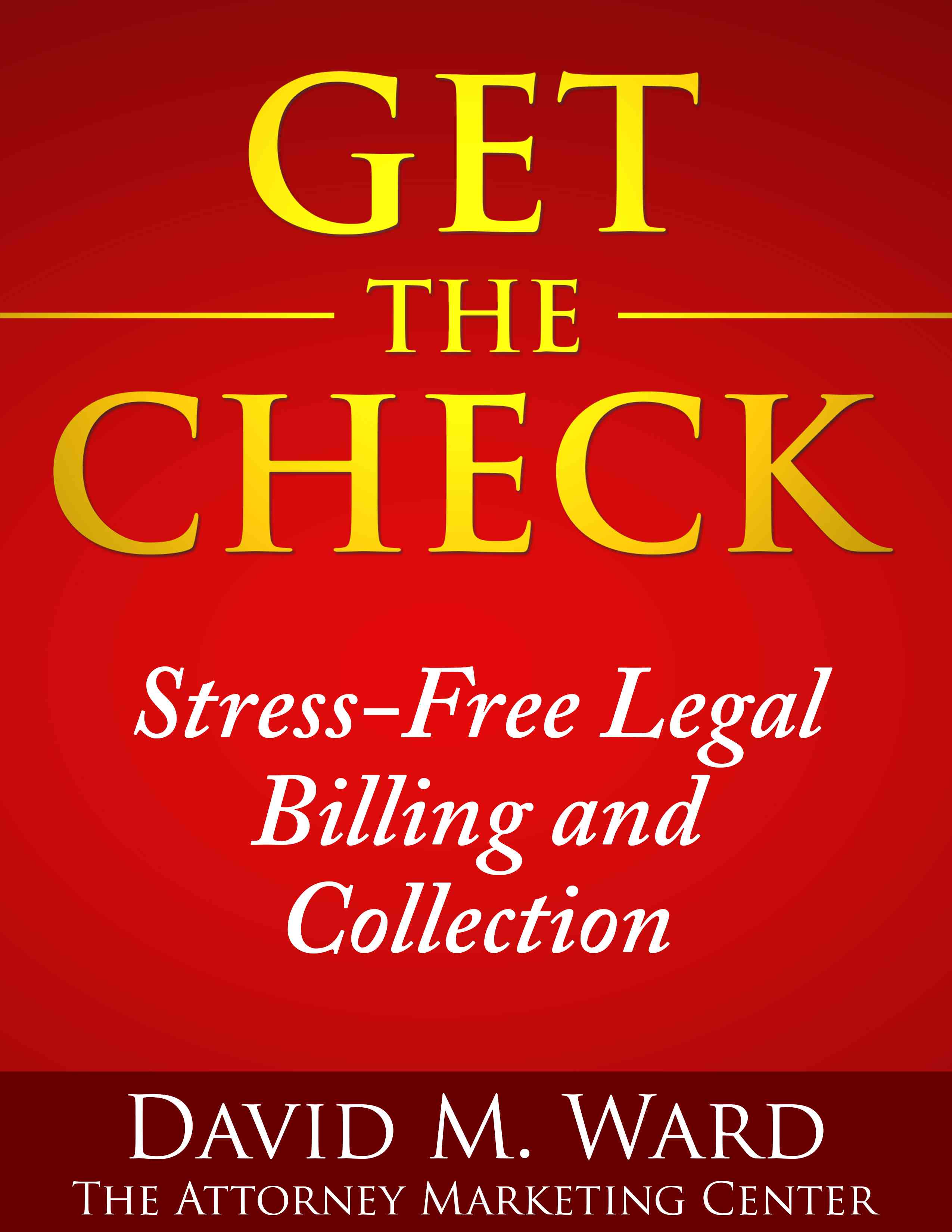 Lawyers haven’t always billed by the hour. In fact, it wasn’t that long ago that fixed fee schedules were mandatory in some states. Legal fees were regulated by state bar associations and everyone was required to charge the same amount for the same service.
Lawyers haven’t always billed by the hour. In fact, it wasn’t that long ago that fixed fee schedules were mandatory in some states. Legal fees were regulated by state bar associations and everyone was required to charge the same amount for the same service.
Today, hourly billing is the norm but many attorneys advocate alternative fee arrangements. I’m one of them.
When you equate what you do with the amount of time it takes to do it you put artificial limits on your value, and your income. In contrast to the oft-quoted statement, lawyers have far more to sell than their time.
We sell our experience, our creativity, and our problem-solving abilities. We do more than write documents, argue, or negotiate, we save lives and preserve fortunes. We help the free world stay free.
Clients prefer fixed fees, too. They want to know how much it’s going to cost them to hire you. They want to know they won’t be giving you a blank check. Lawyers who offer alternatives to hourly billing are thriving.
Not everyone agrees. Some lawyers defend hourly billing. Maybe their clients are different.
I’m not an expert on alternative billing models, but I do know that the world’s highest paid attorneys, the ones who earn the equivalent of thousands of dollars per hour of work, don’t charge by the hour. Not if they’re honest, anyway.
Attorneys can begin to earn more (without working more) by embracing the idea that they have far more to sell than their time.
I’d like to hear from you. Do you use alternative fee arrangements? If not, why not? If so, how have you benefited?



